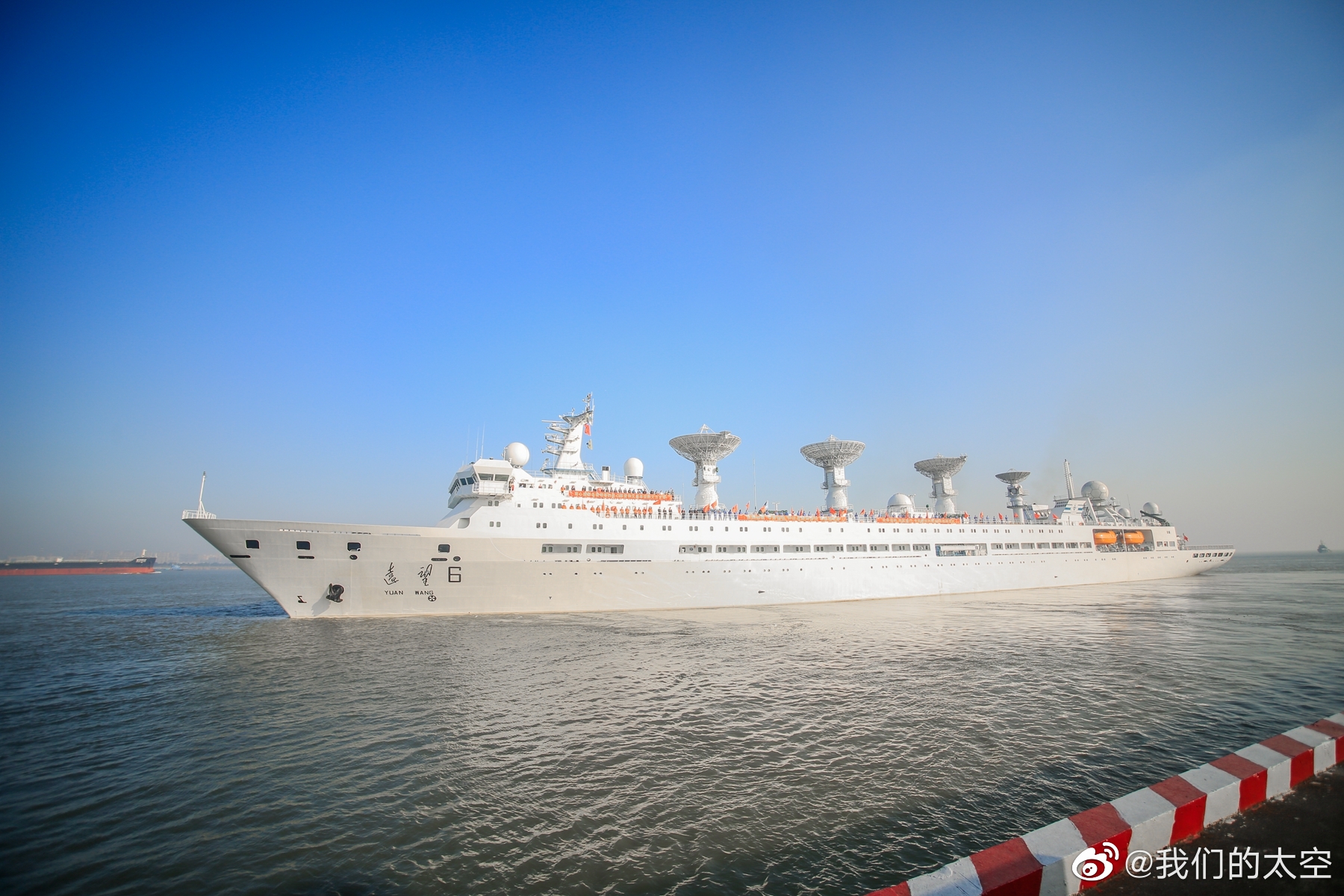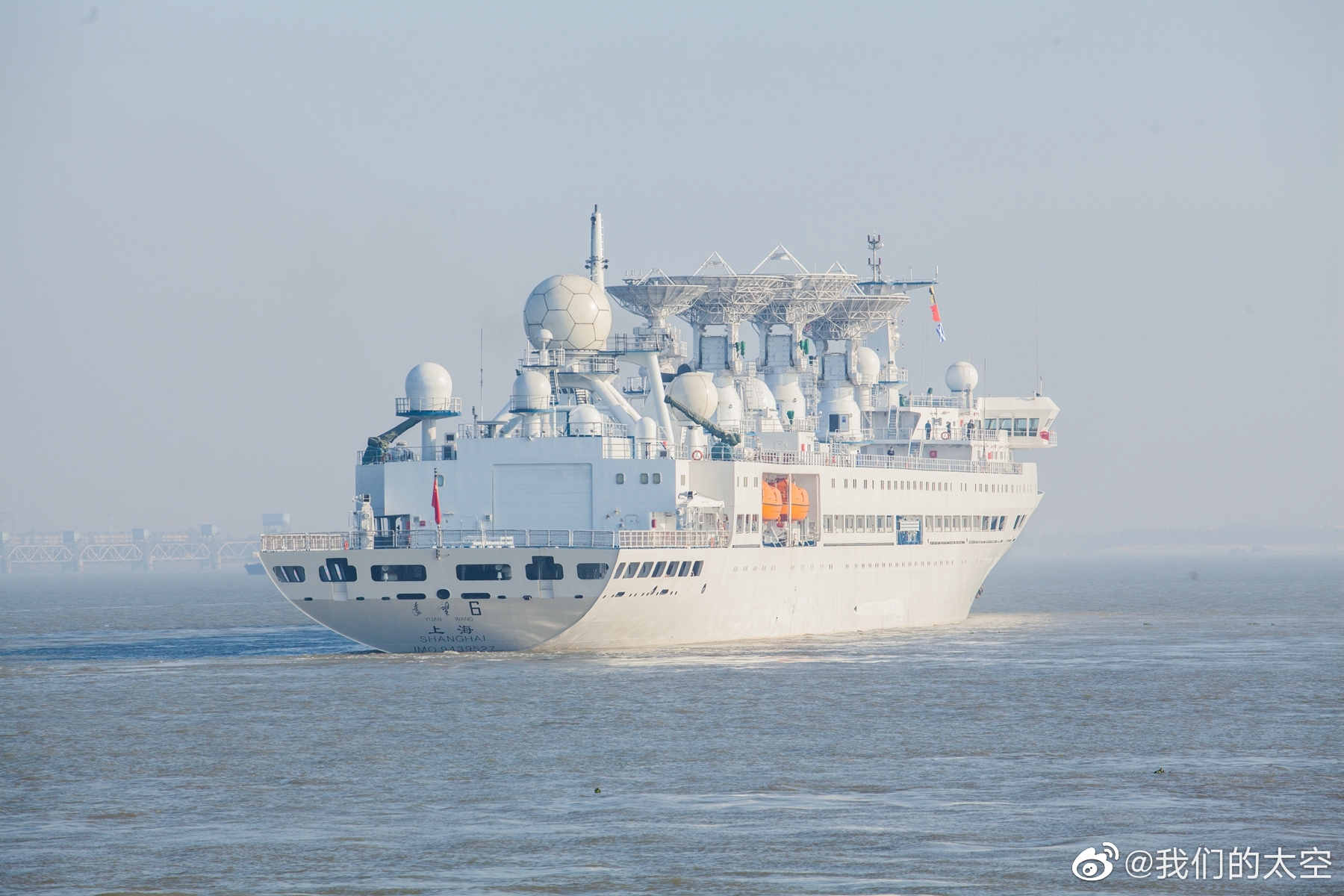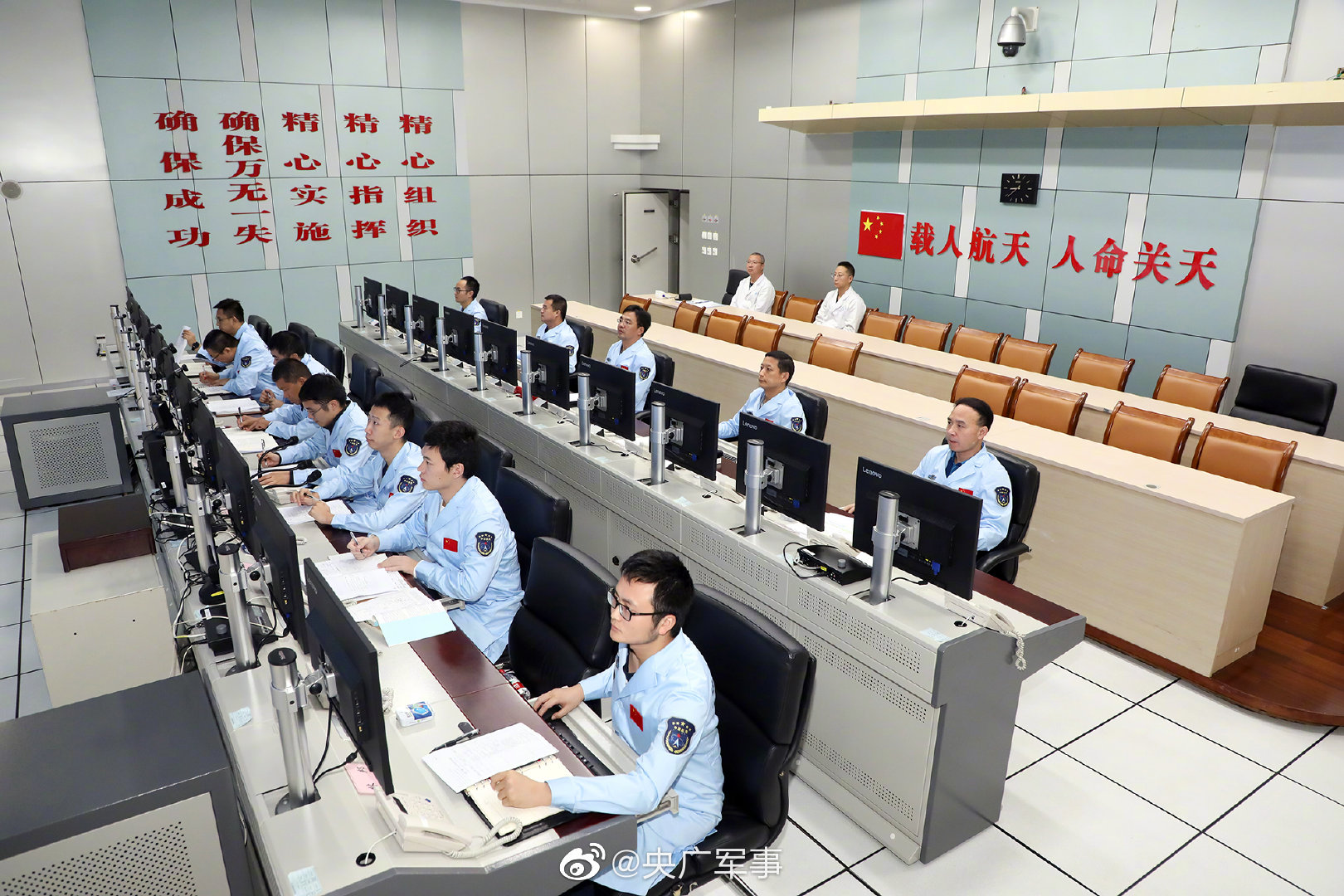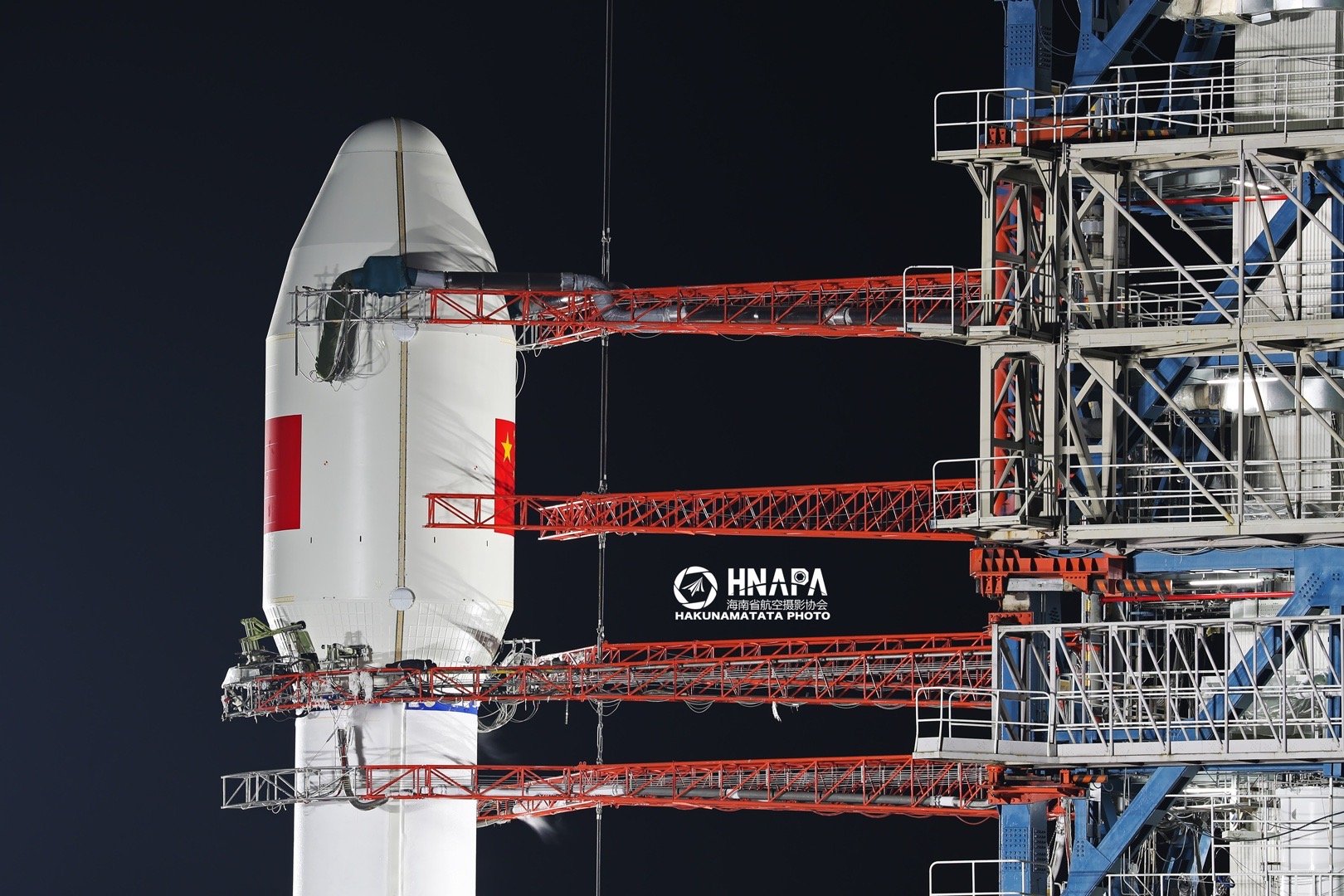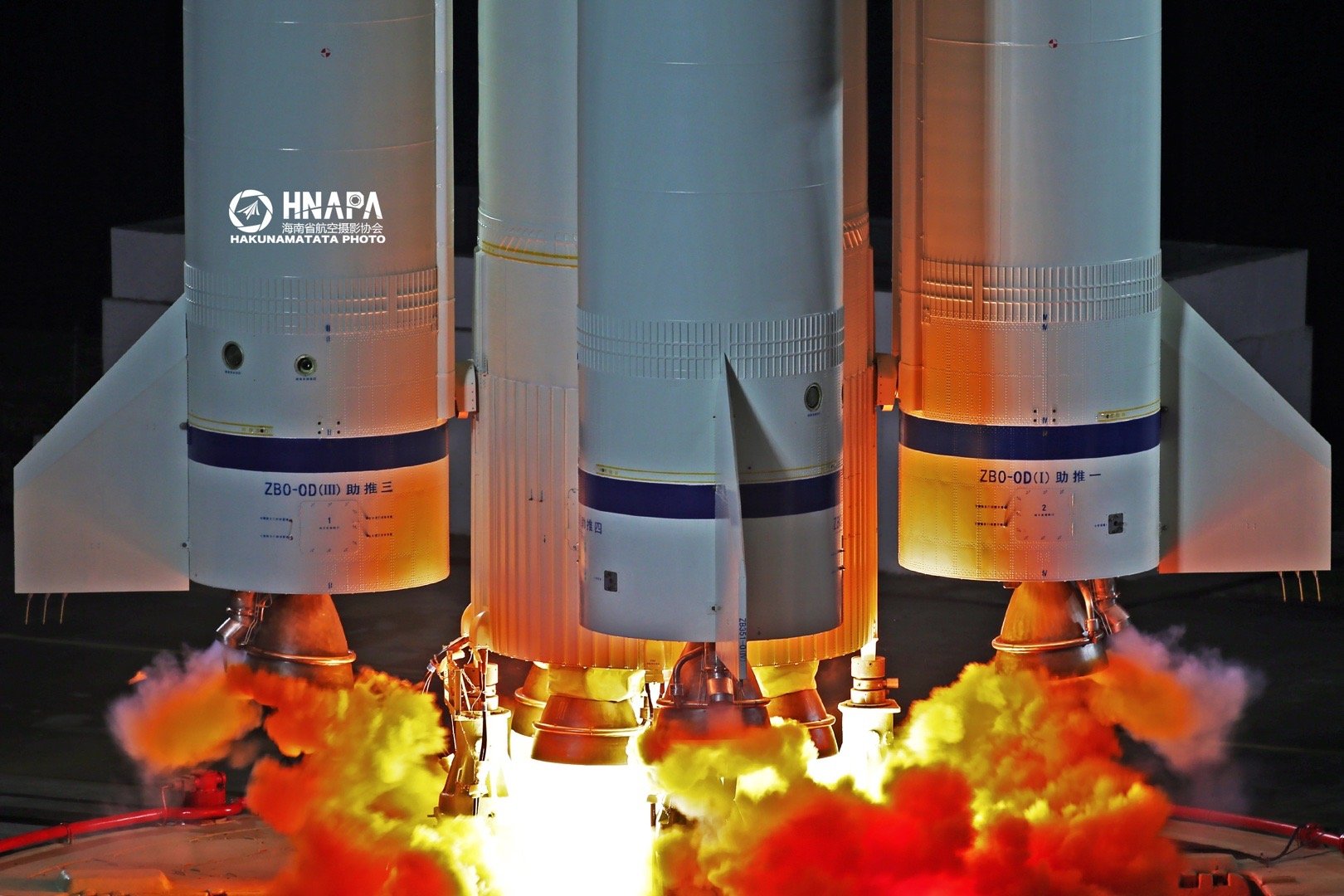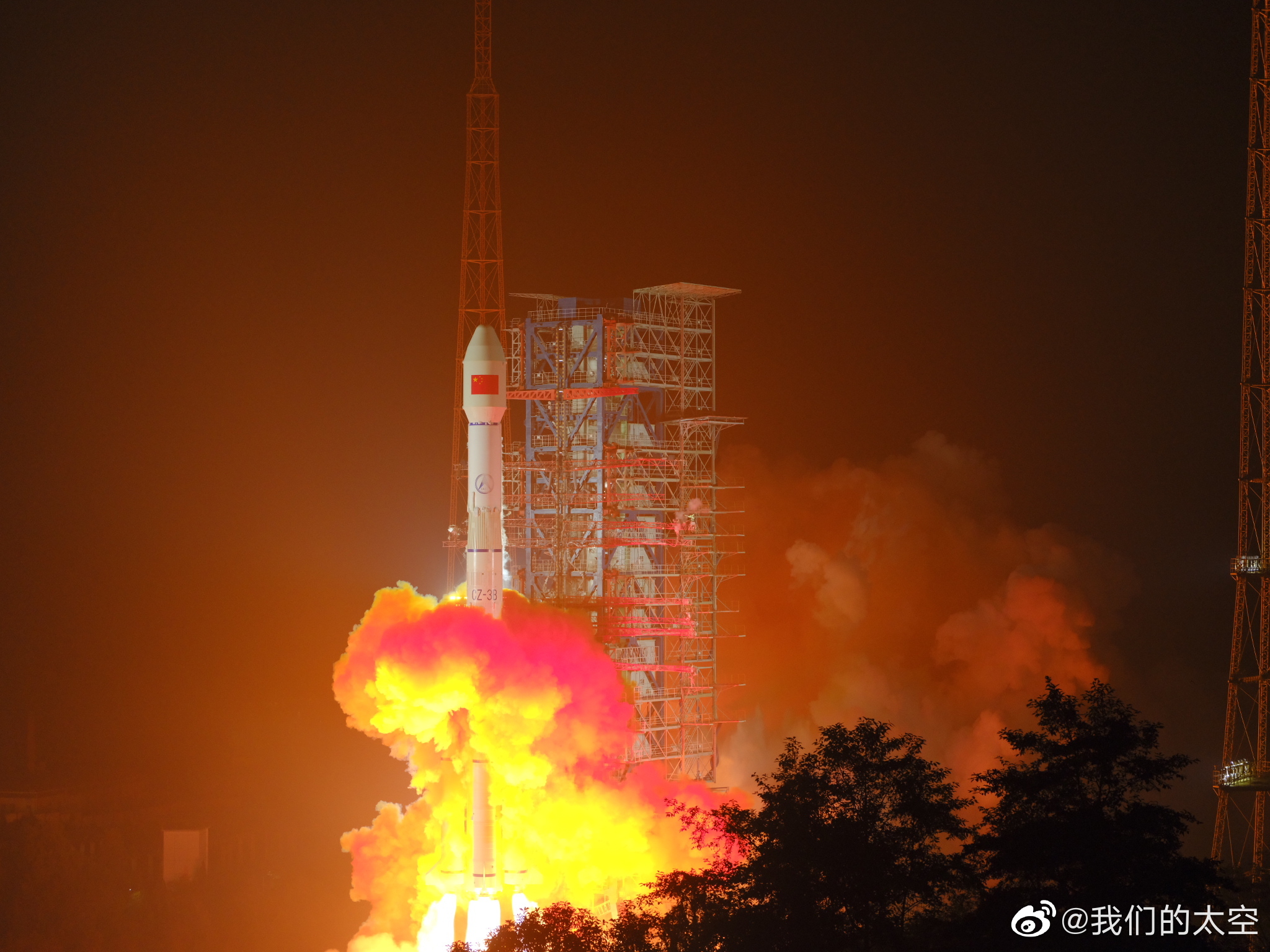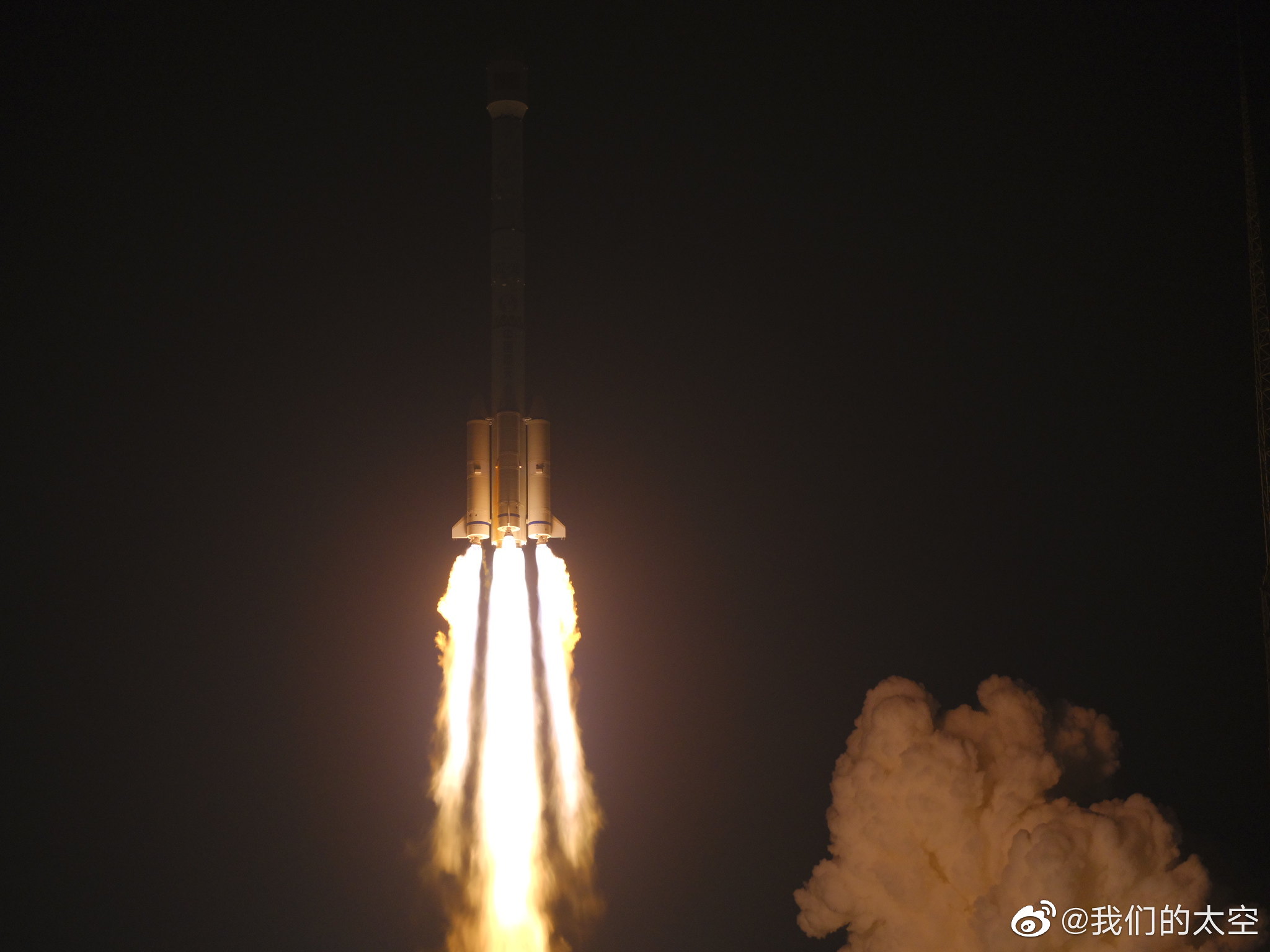You are using an out of date browser. It may not display this or other websites correctly.
You should upgrade or use an alternative browser.
You should upgrade or use an alternative browser.
China's Space Program News Thread
- Thread starter crazyinsane105
- Start date
- Status
- Not open for further replies.
Hello esteemed members of the forum,
If you don't mind my asking, how far behind is the Chinese space program as compared to US, Russia and France? I apologize if this matter has already been discussed earlier. I have tried going backward of this thread to find if there was such discussions but gave up after a while - there's just too many pages. Thanks.
I have an anecdote about this. I was reading a forum years ago, when China first launched its manned missions. It was after Shenzhou 9 performed China's first manned docking. One American commentator, very familiar with technology, joked "Welcome to 1966." Lots of people laughed with him.
I didn't say anything, but in the back of my mind, I was thinking "America's manned space program ended around 1980, technology-wise." What do the Chinese have to do to catch up? At least in the public eye? Space station, lunar mission, a shuttle or mini-shuttle. They're on their way to doing all of these things.
China is not in a wasteful race. It will make all the achievements it needs to, on its own time. It is reasonable to try and catch up to the global benchmarks, set by countries who sat on their laurels for decades.
Anyway, the other posts demonstrated the complexity of the answer to your question. But behind it all, neither Russia or the U.S. have been pushing the limits in manned space, so catching up with / surpassing everyone is entirely possible for China. As they say, "slow and steady wins the race." [though it's not a race].
The true valuable piece of information is not the satellite but the LM-3B vehicle.
The tank of the four 2.25m boosters are made by the method "spin forming". We have talked about it just few days ago of the first 3.35m spin formed tank bulkhead. This 2.25m tank is the first time that this method is used on launch. From here we can expect quick application of this tech in future LM launchers.
The 921 Rocket in recent times also refers to the new manned moon launcher that is said to be based on the Long March 5 cores.
The appearance of this rocket suggests that CZ-9 is/will get canceled. I doubt that china will develop two super-heavy rockets at the same time. That just doesnt make sense.
Putting 100 tons into LEO on a reusable Starship sized rocket, if properly operationalized to enable even just three daily launches, means you could annually put the equivalent tonnage of a nuclear powered supercarrier into LEO.
Some payloads, like a space shuttle class vehicle, or the soviet polyus battlestation, can only be launched with a cz-9 class rocket. But how many times do you need to do that? Unless china wants to build cities on orbit, i dont see any reason for launching it in meaningfull numbers to make it worth developing it, IMO.
Some payloads, like a space shuttle class vehicle, or the soviet polyus battlestation, can only be launched with a cz-9 class rocket. But how many times do you need to do that? Unless china wants to build cities on orbit, i dont see any reason for launching it in meaningfull numbers to make it worth developing it, IMO.
I mean, in the longer term, say post 2040, post 2050, building construction "clouds" in orbit and/or asteroid mining "clouds" in orbit, very much might be an economically viable and desirable thing to do.
Not even to mention the ability to put 100+ tons into LEO in one go -- and more importantly having the ability to put larger loads into GEO -- will have significant strategic and military applications.
Just imagine the applications for orbital ISR alone.
Imagine a nation that has a network of 100 GEO satellites and thousands of LEO satellites for observation purposes. You could have basically multi-redundant, real time multimode sensors on any point of the planet with no revisit requirement.
Being able to sustain a regular, affordable, reusable, heavy lift or super heavy lift launch schedule could also potentially open up a viable pandora's box for space based weapons as well.
So IMO it's definitely not a domain of technology that can afford to be ignored, and if it emerges as viable, it could produce profound and destabilizing strategic shifts.
I mean, in the longer term, say post 2040, post 2050, building construction "clouds" in orbit and/or asteroid mining "clouds" in orbit, very much might be an economically viable and desirable thing to do.
I very much doubt that. 30+ years predictions into the future is a long time. Whats the point in building very large space stations in orbit? i can see no reason for it. And asteroid mining will never be economically viable. Get down to earth.
Imagine a nation that has a network of 100 GEO satellites and thousands of LEO satellites for observation purposes. You could have basically multi-redundant, real time multimode sensors on any point of the planet with no revisit requirement.
Imagine the cost of it.
Being able to sustain a regular, affordable, reusable, heavy lift or super heavy lift launch schedule could also potentially open up a viable pandora's box for space based weapons as well.
I think that ASAT weapons are way cheaper than that.
I very much doubt that. 30+ years predictions into the future is a long time. Whats the point in building very large space stations in orbit? i can see no reason for it. And asteroid mining will never be economically viable. Get down to earth.
Imagine the cost of it.
I think that ASAT weapons are way cheaper than that.
Of course, it all comes down to "if".
"If" its economically viable, "if" it's sufficiently cheap.
But the technologies demonstrated so far for reusable launchers have placed us in a situation where it's an open question whether they could be viable.
My point is that this domain isn't something that can be ignored and should be actively pursued if only to rule out that they are non-viable, because if they happen to be practical then you've just conceded a massive strategic advantage to your adversary.
Don’t get too excited about LM-8 since this is not the recoverable variant.
Of course, it all comes down to "if".
But the technologies demonstrated so far for reusable launchers have placed us in a situation where it's an open question whether they could be viable.
My point is that this domain isn't something that can be ignored and should be actively pursued if only to rule out that they are non-viable, because if they happen to be practical then you've just conceded a massive strategic advantage to your adversary.
I have a book from 1972 that says that in the future there would be cities in the bottom of the ocean, doing this and that. It never happened.
Its not a matter of "if", its a matter of "its not".
Perhabs they are technologically viable, alright, but they will never be worth it. You dont need to develop a superheavy rocket to see this. Others have already done it. There is a reason that no one is heading this way, and i dont think that china will, either.
- Status
- Not open for further replies.

